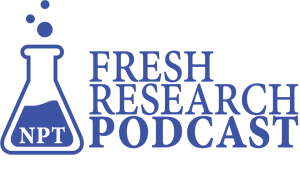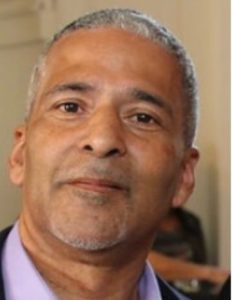It’s nothing new to fundraisers and planned gift officers that women and childless couples are the prime prospects for bequests and other estate gifts. New research suggests that those are still huge factors in the process but timing your nonprofit’s communication based on recency of gifts might be exactly the wrong way to go.
Russell James is a professor at Texas Tech University where he runs the graduate program in charitable financial planning. In this episode of Fresh Research, he dispels some myths about charitable estate gifts based on his recent paper — “The Emerging Potential of Longitudinal Empirical Research in Estate Planning: Examples from Charitable Bequests.”
James examines decades of research in the Health and Retirement Study (HRS), which now has more than 14,000 decedents, enough to provide sophisticated statistical analysis. The 35-page paper includes an analysis of the top 10 lifetime characteristics most important in predicting who would make charitable transfers at death.
“If you h ave donors who are 70-plus, 80-plus, and you’re communicating based on recency, you’re guaranteed almost to be doing it exactly the wrong way when it comes to estate gifts,” James said on this episode of Fresh Research, a podcast from The NonProfit Times. “If they’ve had a long history with the organization, you need to keep communicating with them, just stay in touch, stay in front of folks. Even if they quit giving or volunteering because that’s actually the typical behavior of people who do transfer dollars to charity at death,” he said.
ave donors who are 70-plus, 80-plus, and you’re communicating based on recency, you’re guaranteed almost to be doing it exactly the wrong way when it comes to estate gifts,” James said on this episode of Fresh Research, a podcast from The NonProfit Times. “If they’ve had a long history with the organization, you need to keep communicating with them, just stay in touch, stay in front of folks. Even if they quit giving or volunteering because that’s actually the typical behavior of people who do transfer dollars to charity at death,” he said.
James shares findings on how much more — and more often — people give after they’ve added a charity to their estate plans. He also shatters some misconceptions about when to expect a transfer of wealth from the Baby Boomer generation.
“These decisions — the ones that actually control the dollars — they’re made at very old ages. Over 75 percent of dollars transferred to charity are transferred by wills signed in the 80s, 90s or older,” James said. “We are actually at the very bottom of the baby bust when it comes to this late 80s age group. We haven’t seen the charities being flooded with these dollars from charitable estates — it’s because the demographics don’t say that they ought to be yet.”








